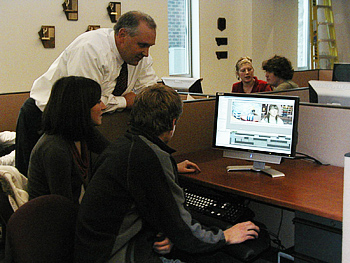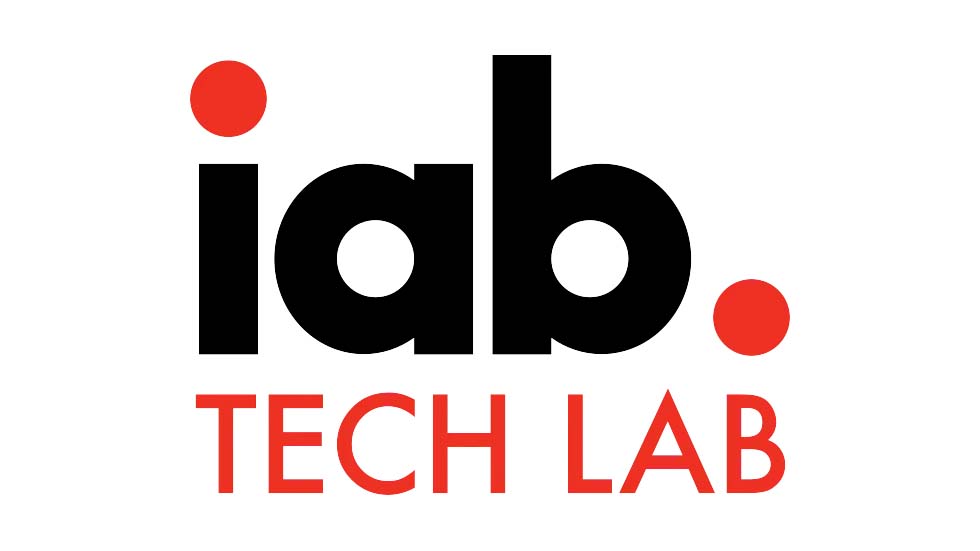Avid Exposes UofM Students to Real-World TV News Ops
MISSOULA, MONT.
When the University of Montana's School of Journalism moved to its new building in 2007, the radio and television department significantly upgraded their broadcast facilities. The goal was to build a tapeless, integrated workflow for broadcast majors so they could learn all aspects of newsroom management and news production using industry-standard tools. We wanted students to be able to sit down at one workstation and perform every possible task without having to move from room to room and system to system. The technology also had to be easy to use.
SYSTEM MEETS ALL OBJECTIVES

Ray Ekness monitors work of students enrolled in the radio and television program at the University of Montana. Avid had everything we needed. Its broadcast workflow can handle ingest, editing, newsroom management, graphics, and playout from a single computer. But what really tied it all together was the Avid Unity ISIS shared-storage system, as it allows students to instantly share projects and media from any workstation. The storage capacity can also be quickly scaled up or down to accommodate the varying class schedules and sizes for our 150 broadcast majors.
We have several areas networked to our ISIS system, including a newsroom, control room, classroom, editing suites and professors' offices. Our newsroom has 27 iNEWS computers, many of which are also equipped with NewsCutter software, allowing students to write a script, log footage, edit it and then send it out from the same computer. Our control room contains the Deko Select on-air graphics systems and Thunder play-out servers for on-air playback. We also have 15 Media Composer editing stations in classrooms and individual suites.
We've found that the shared-storage concept really taps into the current learning style of today's students—instant communication. The ISIS system lets them do everything—right now. They can sit down and edit, create graphics, do playback or closed captioning at one computer and immediately share their work with others.
The ISIS system also helps students learn how to work in teams, which is important because broadcast television is a team effort. With the ISIS system, everyone can be working on the same footage at the same time: reporter, photographer, editor and producer.
STUDENT PROGRESS MONITORING
From a teaching standpoint, the ISIS system makes it much easier to grade and critique students' work. They can export a package to our video blog or put it in my folder for review. Alternatively, I can go directly into a student's project to review a sequence and provide comments—all from the computer in my office.
Everything our students create is aired, often on our local CBS, NBC and PBS affiliates, and we generate a lot of projects that must be safely stored. These include everything from short news segments to half-hour magazine shows and one-hour documentaries. So far, our 16 TB ISIS system has had no trouble accommodating all the projects and media that our students create each semester.
The ISIS system has helped students work more creatively while learning the latest technology. It's great preparation for the real world—and that's our goal.
Ray Ekness is an associate professor and chair of the Radio and Television department in the School of Journalism at the University of Montana. Prior to teaching full-time, he spent 20 years in the broadcast industry, working as a producer and director at commercial and public television stations in Montana and Idaho. He may be contacted at ray.ekness@mso.umt.edu
For additional information, contact Avid at 800-949-2843 or visit www.avid.com.
The professional video industry's #1 source for news, trends and product and tech information. Sign up below.
